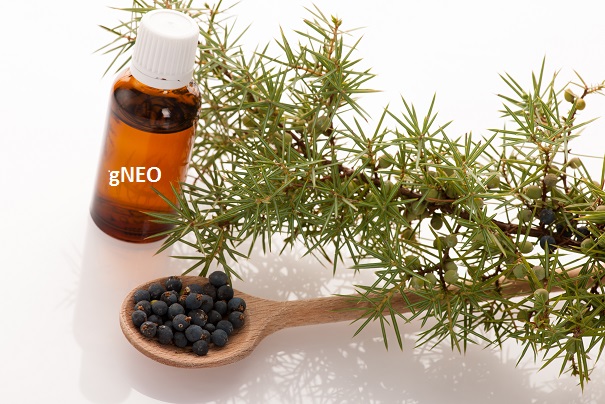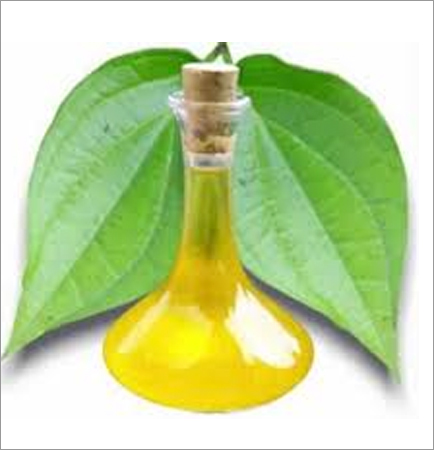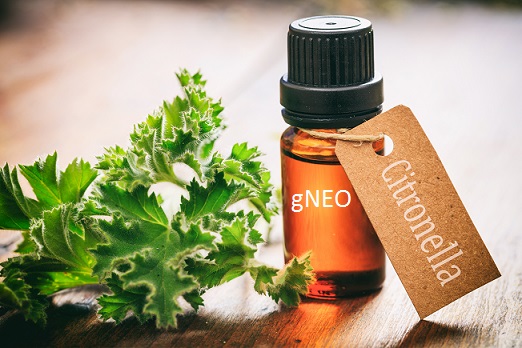Description: Styrax essential oil is often confused with Benzoin because both are derived from solid resins that are naturally found. Also, Benzoin comes from the Styrax plant, further confusing novice users. However, Styrax essential oil is derived from the Liquidambar plant. The best way to avoid confusing Benzoin and Styrax (and Storax!) is to learn the Latin (botanical) names of each. Historically, styrax was cultivated throughout Central and South America. The ancient Aztecs used it medicinally in their healing traditions. After the Spanish Conquistadors accomplished their conquest of Central America, styrax was imported to Spain in large quantities for perfumery and medicinal uses. Styrax is most commonly used today, as an odor fixative in perfumery. It also has anti-bacterial properties and is a middle note in perfumery.
Botanical name: Liquidambar styraciflua
Plant Part: Tree’s resin
Extraction Method: Hydrodistillation – Resin
Odor and Appearance: Clear with a mild aroma that is sweet, balsamic, faintly spicy almost like cinnamon, and slightly floral.
Country of origin: Honduras
Main Constituents: The main constituent of Styrax essential oil is cinnamic acid, which is responsible for its warm and balsamic aroma. Cinnamic acid is a natural compound found in various essential oils and plant resins, and it contributes to the overall scent profile of Styrax oil.
Common Uses: It has a warm, sweet, balsamic, and slightly spicy aroma. It is commonly used in perfumery and aromatherapy due to its unique and pleasant fragrance.
Here are some common uses and properties of Styrax essential oil:
Aromatherapy: It is popular in aromatherapy for its calming and grounding effects. Its warm and sweet scent can help reduce stress, anxiety, and promote relaxation.
Perfumery: The warm and balsamic aroma of Styrax oil makes it a valuable ingredient in perfumes, especially in oriental and woody fragrances.
Skincare: It is sometimes used in skincare products due to its purported skin-soothing properties. However, it should be used in a properly diluted form to avoid skin irritation.
Respiratory support: The oil’s calming properties may help ease respiratory discomfort and support respiratory health when used in diffusers or inhalation blends.
Meditation and spiritual practices: Styrax essential oil’s grounding and calming properties make it suitable for use in meditation and spiritual rituals to create a serene atmosphere.
Note: It is classified as a base note in perfumery.
Blend Well With: It blends well with a variety of other essential oils, creating unique and captivating aromatic combinations. When blending essential oils, it’s essential to consider their individual properties and characteristics to achieve a balanced and harmonious aroma. Here are some essential oils that blend well with Styrax:
Citrus oils: Styrax combines well with citrus essential oils like Bergamot, Sweet Orange, and Lemon. The bright and uplifting notes of citrus oils complement the warm and balsamic aroma of Styrax, resulting in a pleasant and refreshing blend.
Woody oils: Styrax blends harmoniously with woody essential oils such as Sandalwood, Cedarwood, and Patchouli. These combinations add depth and earthiness to the overall fragrance.
Floral oils: Partnering Styrax with floral essential oils like Rose, Jasmine, or Ylang-Ylang can create a luxurious and romantic scent profile.
Spicy oils: Styrax can be blended with spicy essential oils such as Clove, Cinnamon, or Cardamom, adding warmth and a touch of exoticness to the blend.
Resinous oils: Combining Styrax with other resinous essential oils like Frankincense or Myrrh can result in a rich and spiritually uplifting aroma.
Vanilla: Styrax can be enhanced by combining it with Vanilla essential oil or a natural vanilla extract, creating a sweet and comforting scent.
Contraindications: It is considered safe to use. Just like many other essential oils, it is wise to use this oil after dilution with a carrier oil, as it can be sensitive and irritating to the skin. Before you use Styrax essential oil on your skin, it is advisable that you conduct a patch test before making it a routine.
Do not use internally, unless directed by a physician. For pregnant women and nursing mothers, it is safe to consult first with your physician before using Styrax essential oil. Do not use on broken skin or on abrasions.
For large quantities please contact us via our phone number or through the Contact Us page.
Like us on Facebook









Lili Sperry (verified owner) –